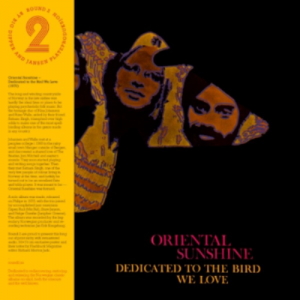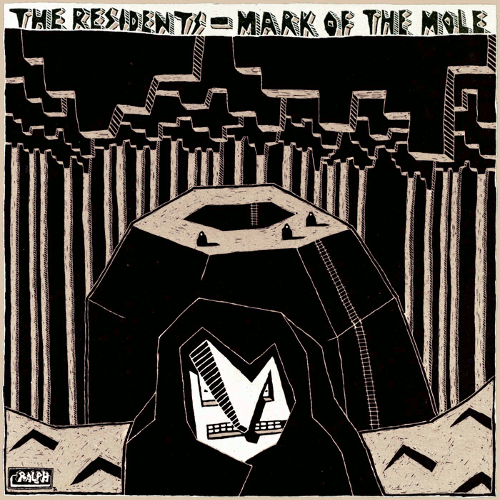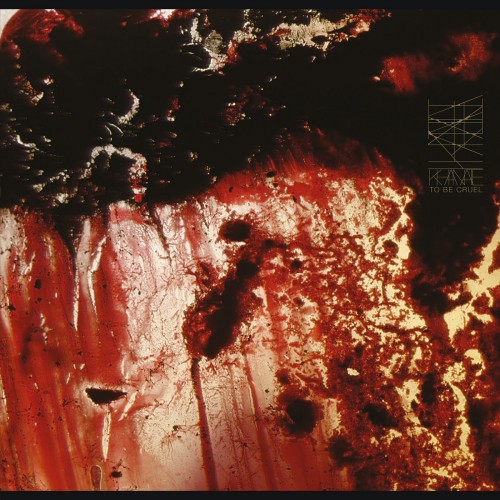 Oriental Sunshine‘s sole album, Dedicated To The Bird We Love is one of those treats that come along rarely in our musical travels. A psychedelic folk album recorded in Norway in 1969 with a surprising Eastern influence, it received a release from Philips back in the day but sold poorly and sadly, the band spilt not long after, releasing nothing more. After numerous sporadic releases over the last 45 years, Round 2 are issuing it in a limited run on vinyl and a worthy contender for better appreciation it certainly is.
Oriental Sunshine‘s sole album, Dedicated To The Bird We Love is one of those treats that come along rarely in our musical travels. A psychedelic folk album recorded in Norway in 1969 with a surprising Eastern influence, it received a release from Philips back in the day but sold poorly and sadly, the band spilt not long after, releasing nothing more. After numerous sporadic releases over the last 45 years, Round 2 are issuing it in a limited run on vinyl and a worthy contender for better appreciation it certainly is.
I can not think of much in the way of popular music that has come from Norway in the past fifty years (A-ha? – ed), so having allowed myself to wallow in the delights of this album, I can safely say that it is possibly the best thing that I haver heard from that country. The initial childhood duo of Nina Johansen and Rune Walle had been playing together for some years, Rune having trained himself on the sitar after exposure from The Beatles and Ravi Shankar. A chance encounter with Delhi-born Satnam Singh, a sitar player also skilled on tabla, flute and sarod lent an Indian influence to Rune and Nina’s whimsical yet melancholy folk tales.
Nina, having chosen to sing and write lyrics in English, has a voice that sits somewhere between the northern European melancholia of Nico and the lighter folk style of Mary Travers, with a warmth and depth that belies her age. The songs tend toward a slower rhythm structure, perhaps due to Norway being a colder northern country, with the sitar meandering across the tracks in a manner which is at times nervous and at others serene. Although the songs were written by Rune and Nina, the basic trio was augmented on the album by a drummer and an upright bassist. The rhythm section came from a Norwegian jazz background and this allows the songs texture and subtlety that some folk music lacks.There are eleven tracks on the album and it comes in at a little over half an hour, with most tracks highlighting Nina’s delightful voice with backings veering from the stately “Across your life”, with the sitar wheeling crazily around the tune, buzzing manically, to an almost spring-like canter in the likes of “Mother Nature”, where the sitar drones as the flute carries the song’s prettiness, counterpointing Nina’s naïve yet joyful lyrics. The Hammond organ appears on a few tracks and this lends a jazzy, heady air to proceedings. This is actually a good move, as if all tracks had featured the sitar, it would start to become tiresome — but the flute has such a fine and cheerful trill that it alters the mood of the listening experience.
“Where You Went” is the only track to feature Satnam on vocals and the very much Indian vibe of the track again alters your perception of the album and draws you back in to the final song, which is actually a gentle piano ballad, allowing the listener a gradual comedown from the sensation of the past half an hour.If anyone were interested in psychedelic folk music or the point where east meets west (in this case north-west) this truly is a treat. For me, everything conspires to create a moment in music sadly and undeservedly overlooked. Do your best to right this injustice!
-Mr Olivetti-



